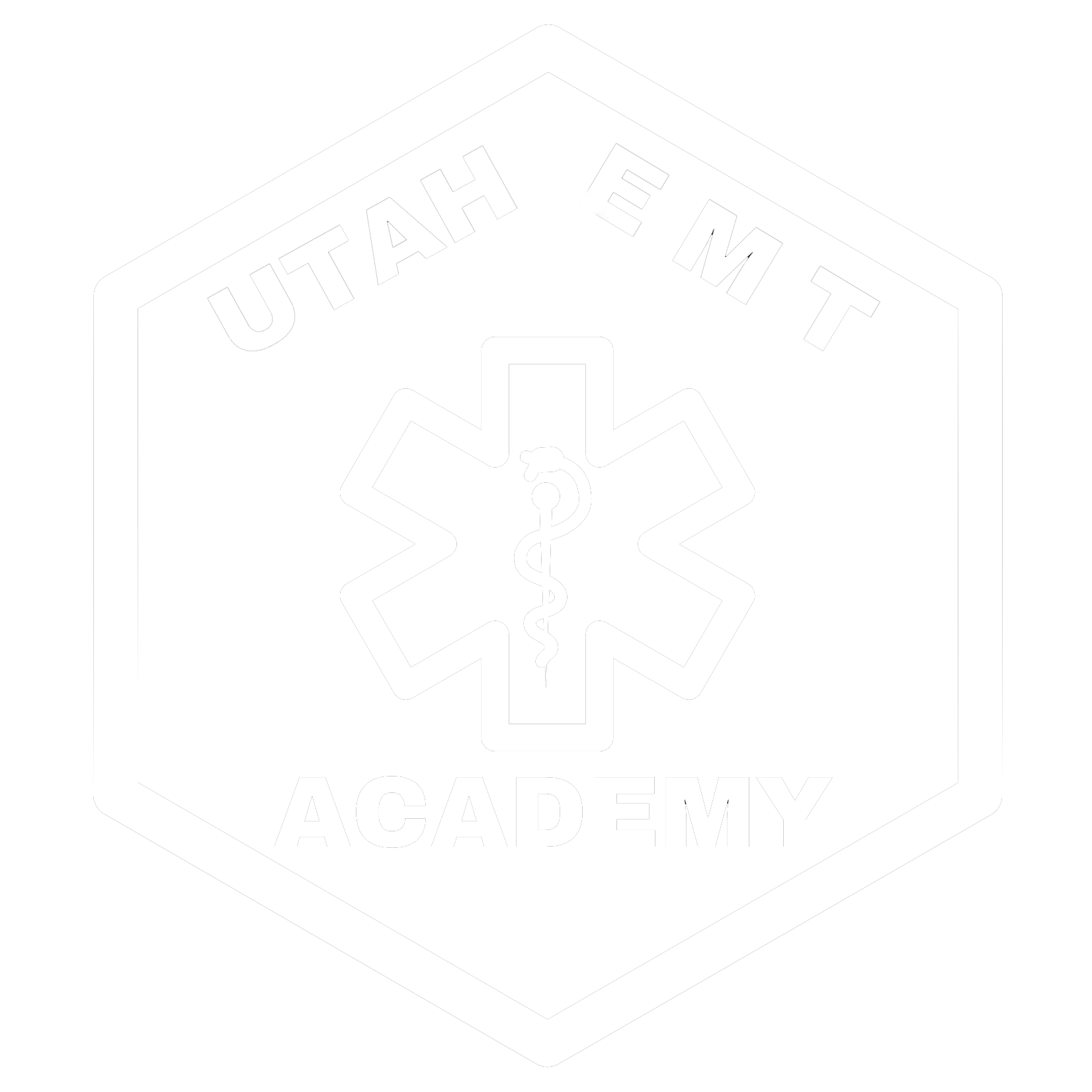STUDENT EXPECTATIONS
This training program is detailed and exact. The EMS provider is an important, recognized part of the medical profession. The standards are high in order to maintain the respected position of the medical profession and the community. To become a fully-licensed EMS provider, it is necessary for the student to comply with certain requirements. The requirements are as follows:
1. Attendance. Students will be required to attend all scheduled classes. If the student is unable to attend a class (illness, etc.), the student must make arrangements with the course coordinator to make up the time and material missed.
2. Documentation. Students are required to submit a complete BEMSP application and a complete Declaration of Understanding along with their application.
3. Class Participation. Students will be evaluated by the instructors, course coordinator, and medical director during the course in areas such as dependability, attitude, maturity, the ability to relate well with others, and the ability to achieve acceptable performance levels. Remediation will be provided by the course coordinator or instructors for students who have difficulties in any area of the course.
4. Identification. Students will be provided with an identification badge. The badge must be worn at all times during the practical skills labs and clinical and field requirements. This is to ensure verification of the individual’s identification while performing skill demonstrations at the clinical and field portion of the course.
5. Practical Training Record Form. The students will be given a practical training record at the beginning of the course, which must be signed off by the certified EMS instructors and clinical personnel during each phase of the training. This completed record must be returned to the course coordinator, who will retain them for at least seven years.
6. Clinical Experience. The student is required to complete clinical education including completion of a pre-hospital patient care report, filled out as if they were practicing in the field. This is accomplished in a hospital, clinic, doctor’s office, care center, and/or ambulance setting. Please make every possible attempt to appear at the scheduled times. If for some reason the student is unable to attend, the student should contact the course coordinator as soon as possible.
7. Recommendation for Licensure. The course coordinator and medical oversight must agree that the student has met course completion requirements specified in the NES and this manual and verify those findings in a letter of recommendation to BEMSP.
8. Written Test. At the course’s conclusion, the student must successfully complete an NREMT administered test. It is graded on a pass/fail basis (percentage scores are not available). The student will be allowed three attempts to pass this test. If a student is still unable to successfully pass the test a remediation course is required before additional tests may be scheduled.
9. Practical Examination. A practical examination will be administered by the course coordinators and instructors for the EMR/EMT students. For EMR students, the examination consists of scenario evaluation assessment skills to recognize treatable life-threatening conditions and demonstrate appropriate interventions. For EMTs, the test consists of two scenarios, a trauma assessment and verbal treatment of significant findings a medical scenario based on a predetermined patient condition, verbally treated, four treatment skills, and one random skill. The A-EMT examination consists of eight 19 skills evaluations demonstrating competency of specific A-EMT skills. These examinations are administered on a pass/fail basis. Students are encouraged to attend the test date and time that is scheduled for the class. If a student is unable to attend the scheduled date, the student may have to contact NREMT or another course coordinator to reschedule their test. Students need to be made aware that the testing process will take most of the day and they should not make any other plans, such as, work, school, etc., on the day of the test. The student needs to bring a watch and photo ID to the test. Students without picture identification and a Psychomotor Authorization to Test (PATT) letter from NREMT will not be allowed to take the test. If a student fails any part of the practical exam, it’s only required that they re-test that portion of the practical exam. If possible, that retest may be taken the same test day. Students will only be allowed two full attempts to pass the test. If a student wishes to dispute the testing process the student must do so before receiving test results and must file an official complaint before leaving the test site.
10. State Licensure. State licensure may be issued upon successful completion of the above listed requirements. These requirements must be met within two years of the completion of the course. It takes approximately three weeks following testing for the results to be processed and for the student to receive their license in the mail.
